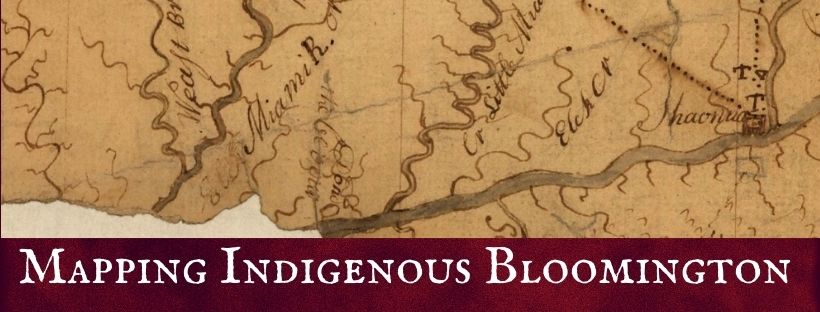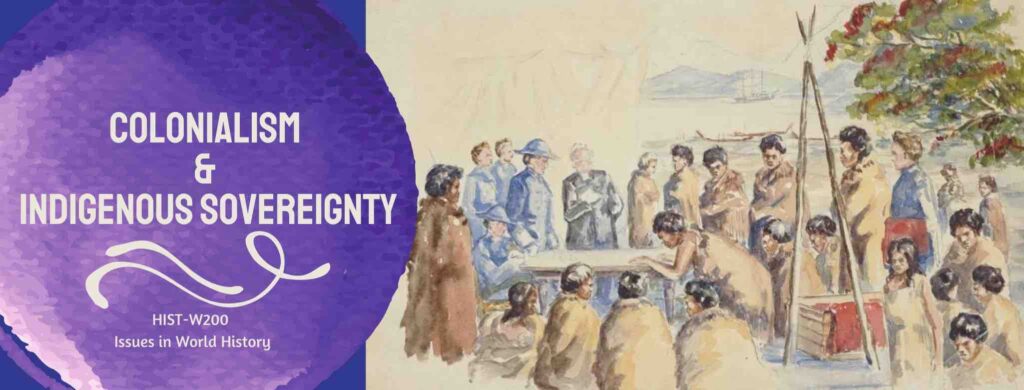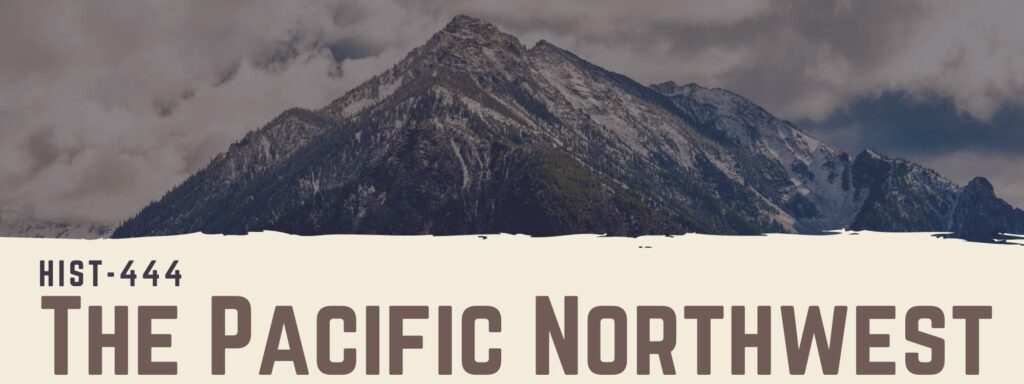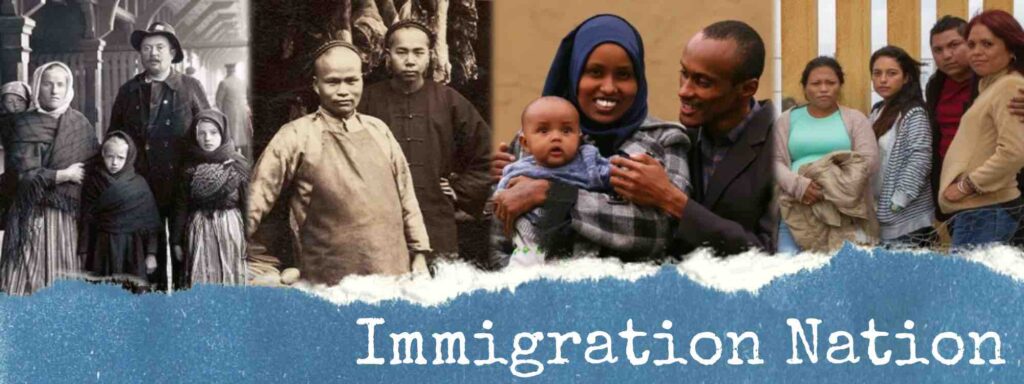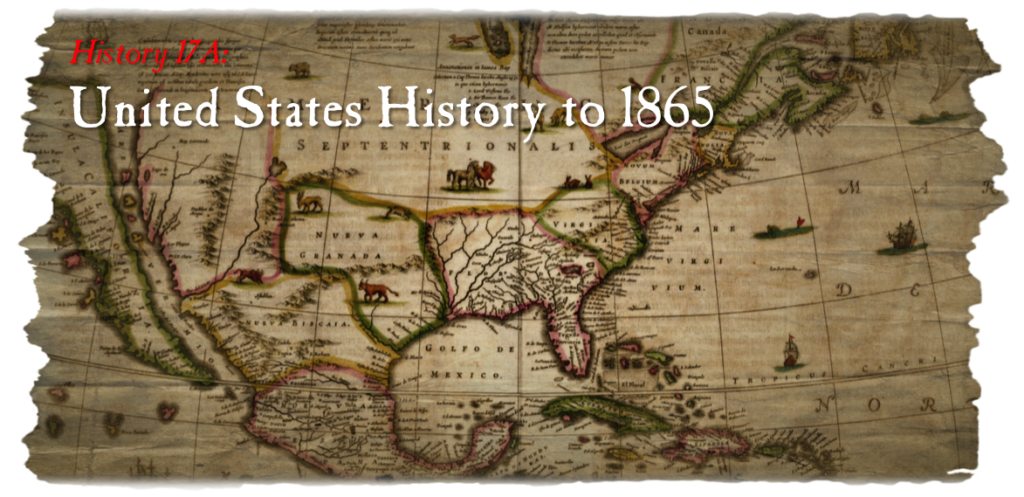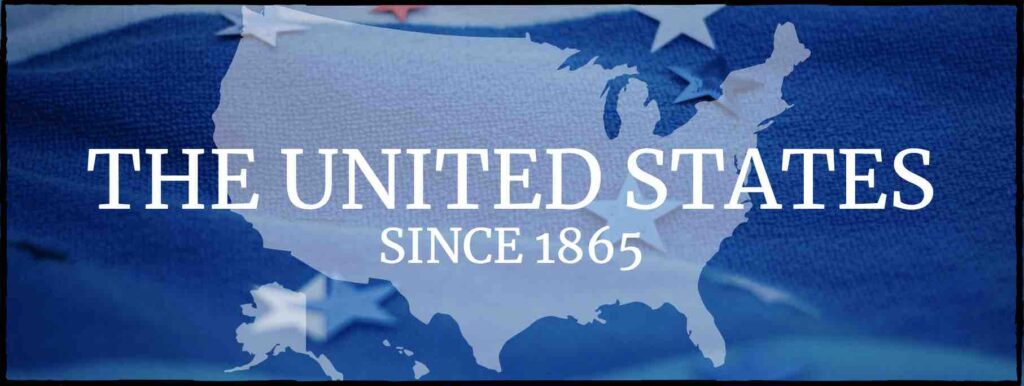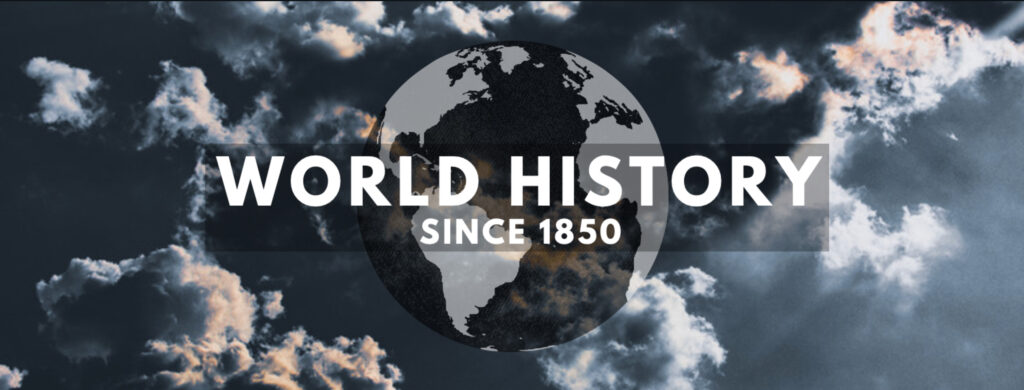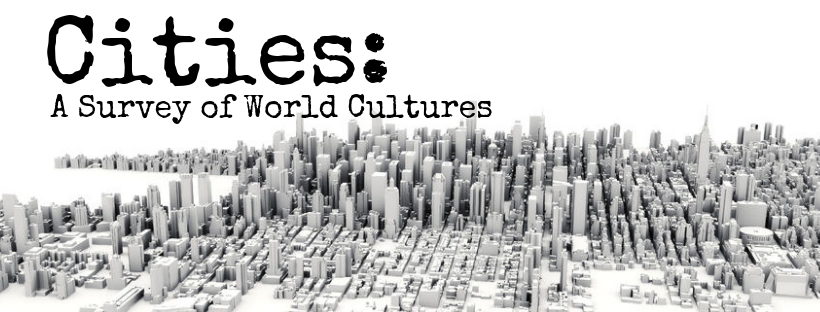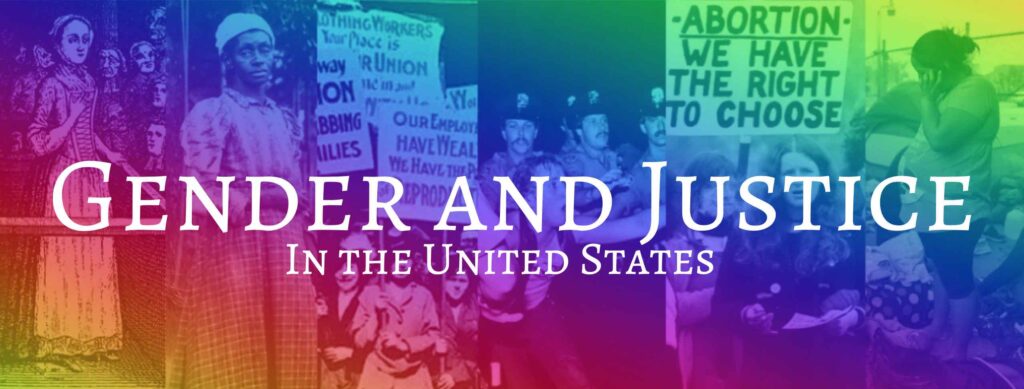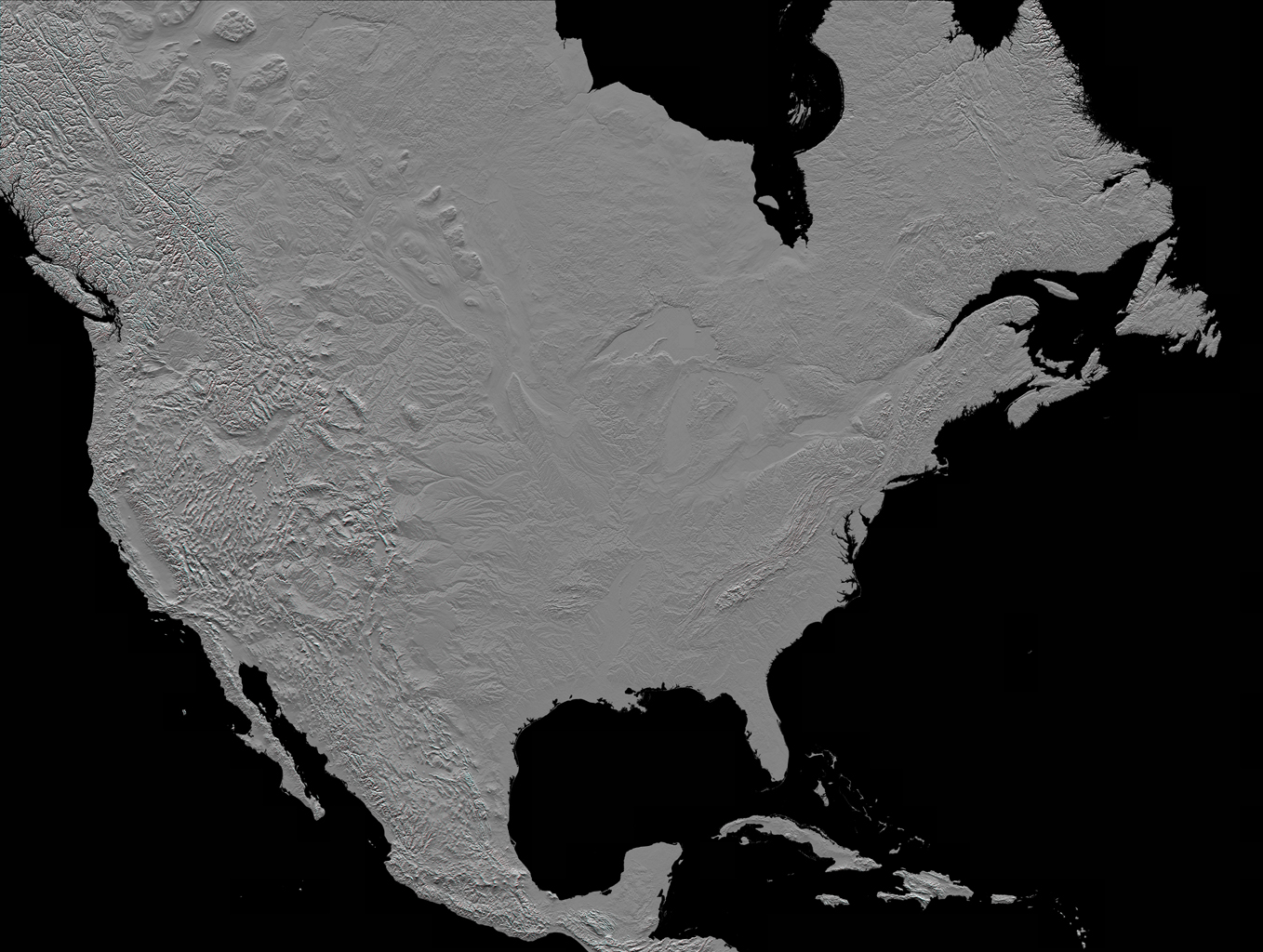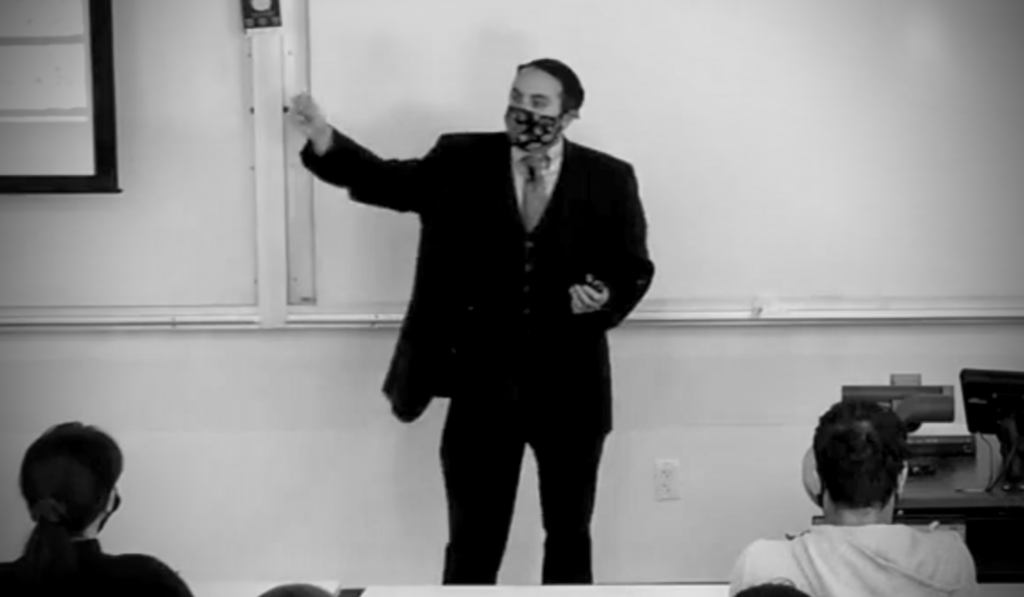
The world becomes what we teach. I develop immersive and experiential courses that address the most urgent questions of our time through a shared investigation of the past. My extensive research in the scholarship of teaching and learning has enabled me to “reboot” history courses for the digital age. Technology-rich teaching strategies allow me to create inclusive, accessible, and collaborative communities of learners that thrive online, in-person, and hybrid spaces. Serving students with wide-ranging backgrounds and competencies, I design history courses grounded in the cognitive science showing how the human brain is “wired for story.” I teach history based on how the mind makes sense of new historical information, interprets sources, and draws conclusions about the present based on an analysis of the past. Inquiry-based assignments combined with evocative historical narrative empower students to make arguments about the past by telling stories across diverse digital media. Course learning outcomes align the core competencies identified in the American Historical Association Tuning Project, where interdisciplinary skills development assumes equal importance as historical content.
I train history-makers by challenging students to become responsible and reflective actors in our own diverse and interconnected world. Combining the most effective elements of traditional format history courses with immersive experiential learning, my classes include instruction in digital tools such as GIS mapping, transcription software, and database construction in addition to the familiar format of lectures, primary source analysis, and theoretical readings. Learning outcomes serve wider communities beyond the classroom, such as the digital “Mapping Indigenous Bloomington” project developed for Indiana University’s Experimental Curriculum. This online class combined a deep study of Indigenous cartographies with GIS mapping to make the multilayered histories of Miami, Delaware, Potawatomi, and Shawnee peoples and their connections to present-day Bloomington, Indiana visible to the campus community.
Engaging Indigenous artists, activists, and communities across digital platforms enabled me to widen world history curricula by enabling students to encounter Native voices in virtual learning spaces in my course on the global history of Indigenous Sovereignty and Colonialism. Centered on the 2007 United Nations Declaration on the Rights of Indigenous Peoples, this expansive world history explored history of “global indigeneity” and how this concept emerged from the lived experiences of linguistically and ethnically diverse peoples throughout the world. Students connected with a global network of Indigenous influencers on social media as they developed a public-facing digital history exhibit.
I created an upper division digital history course on the American Revolution, developing document labs to immerse students in this dynamic period through digitized manuscripts, artworks, artifacts, and rare book collections from a global network of libraries and archives. Additionally, I designed UC Davis’s first digital history survey course entitled Cities: A Digital Survey of World Cultures. I created active-learning environments comparable to a lean tech start-up by training a team of teaching assistants to be digital project facilitators. This interdisciplinary teaching team came from fields ranging from English and History to Public Health, and they received intensive training in GIS, web design, podcast production, and documentary editing. These teaching assistants subsequently led teams of undergraduates in building digital exhibits with professional production values.
